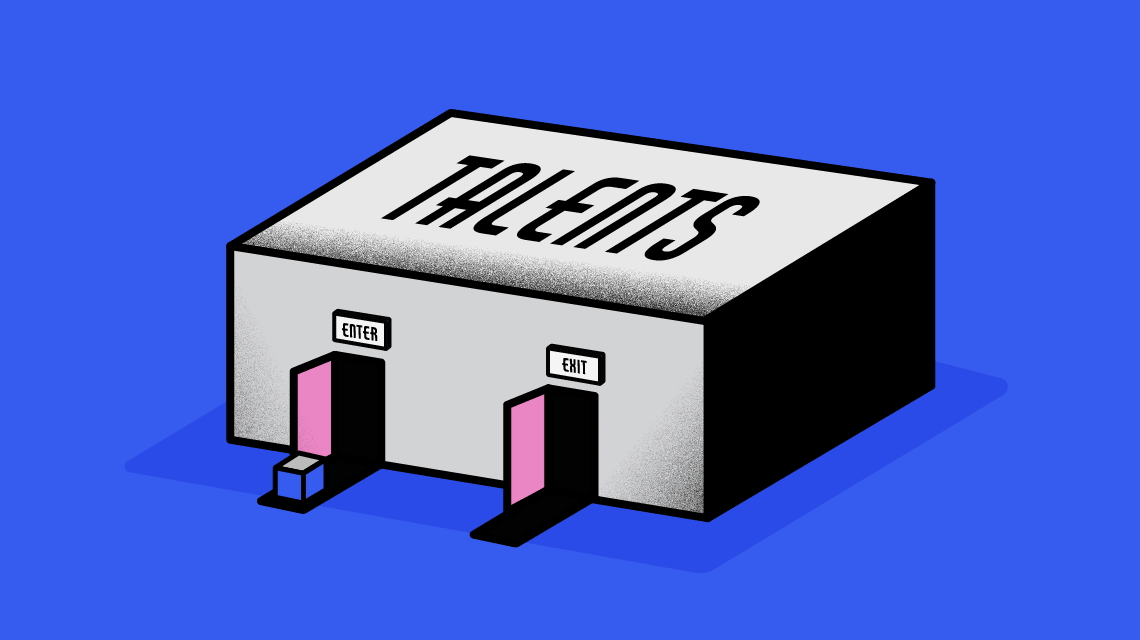On the Job: What a workforce-readiness chief does to prepare people for ‘Industry 4.0’

This article is part of WorkLife’s On the Job series, which features first-person accounts of how people are adapting to the changing realities of work and workplaces.
Preparing workforces and workplaces for the post-pandemic norm is a mission everyone is grappling with. As managing director of workforce readiness for consulting firm NTT DATA Services, Ric Garner has a front-row seat to this transformation.
Workforce readiness chiefs have been around for the last decade, but the Pandemic-driven changes to the way we work have reinforced the importance of the role. Now, Garner isn’t just tasked with helping employers figure out what skill sets they’ll need in the future and to help them staff up or retrain existing workforces, but he must do so at a time of massive coinciding societal, technological and generational shifts — what he refers to as “Industry 4.0.”

WorkLife spoke to Garner about the employee-employer power shift and the urgent need to re-skill younger generations of employees.
This interview has been lightly edited for length and clarity.
The impact Covid-19 had on the workplace means you’ve been quite busy the past two years. How did it impact what you do?
It really accelerated the recognition that we need to transform a lot of things around how we work. And it brought to the forefront topics around well-being, inclusion, a renewed focus on employee wellness, learning and new skilling. It also shifted the power from large corporations to the employee, and you see that play out in the talent migration, where the employees have a lot more power.
How is this playing out in real-time?
We’ve got the largest multigenerational workforce ever. Most of the Baby Boomer population is retiring, or about to. Gen Z is now in the workforce. The preferences of the last generation are significantly different than this one and that’s changing how employers need to think about their workforce. My grandfather worked for one company his whole career. Now, if you look at someone who is in the Gen Z cohort [the] wrong [way], they’re ready to quit, much less if you don’t provide them with everything they need. That’s oversimplified, but a lot of what’s important there is the ability to learn and grow. So providing better training opportunities, different types of career paths, employee experiences; those are the types of things that have become more important than just traditional benefits like a pension.
What industries are jobs shifting to and how do you help companies meet their workforce goals?
Green energy jobs. As our dependence on fossil fuels is reduced, traditional jobs that might have existed for the older version of Exxon [the U.S. oil and gas corporation] and around the supply chain of gasoline and oil are disappearing. But as we move to solar and wind there is a need for experts that work in how that energy is distributed. It’s all digital.
Where do you and your team come in?
Preparing and making sure that as the older generations move into retirement, we backfill in the right ways. An important piece of that is how we upskill and reskill. But also, we have to make sure that in specific industries there’s a balance of supply and demand. How to attract and retain the right staff is a huge issue for our clients. I worked with a company in the banking industry, which is one of the hardest hit by the pandemic in terms of resignations, to establish best practices for high potential job candidates. An easy thing we implemented is having someone a couple levels senior leader in the organization send an email or a LinkedIn invite saying, ‘Hey, I heard you’re having some good interviews.’ Or, ‘I just heard great feedback on your interviews. Do you want to connect?’ Little things like that can mean a lot of that personalization.
How is the tight job market impacting all of this?
Companies can’t just hire new employees because there’s a significant gap in the market. We’re helping existing employees ‘new skill.’ We look at where the demand is increasing for jobs and where the demand is decreasing. We can actually map the areas where there’s decreasing demand, and then pivot or re-skill those populations.
For example, accounts receivable billing specialists have very time intensive jobs and there are now a lot of automated solutions for what they do. Those types of roles do really well pivoting from operational roles into data science, creating insights with the data since those individuals tend to be very analytical and are dealing with numbers and patterns. And so retraining them on data science concepts has been a good use case. The formal training processes is generally no more than four to six weeks. And part of that would be on-the-job as they’re transitioning.
Another example is a company we worked with to transform their HR support staff into strategic advisors. We helped them build expertise around employee experience, design and well being. I hired the top leads for those roles externally and then retrained existing support staff to do career mapping for the company.
Why is all this so important?
If you don’t think about the opportunity to evolve your business and create new functions and teams, you’re dying as a business. The companies that do it well, and have good workforce transformation processes in place, can pivot, get ahead of competition and be in a better position to thrive.
